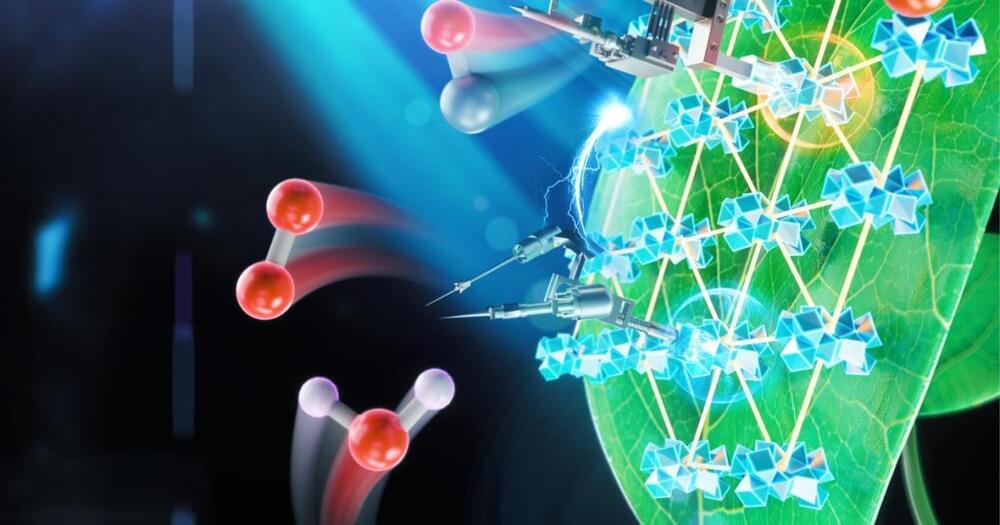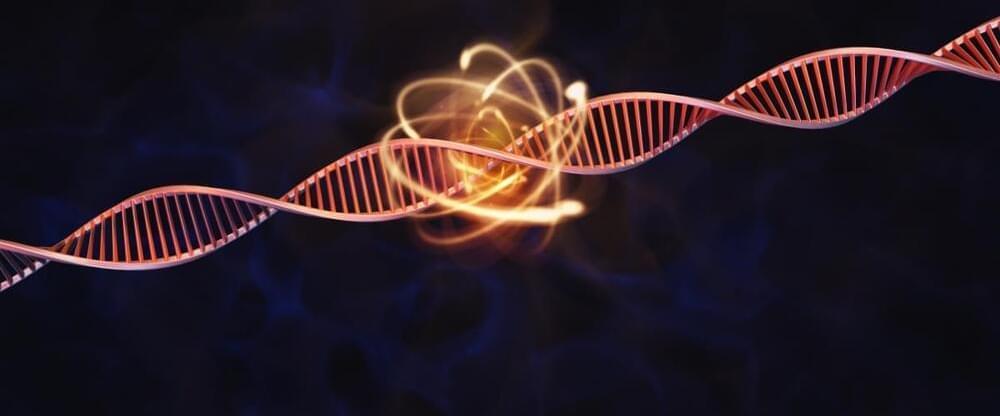An international group of experts argue that tackling the long-standing challenge of decoding the communication systems of whales, crows, bats, and other animals is coming within reach, following breath-taking advances in artificial intelligence (AI) research.
In an article published in Science, led by Professor Christian Rutz from the School of Biology at the University of St Andrews, the authors explain how cutting-edge machine-learning tools could provide transformative insights into the hidden lives of animals, with important implications for their conservation.
The prospect of understanding what animals say to each other, or of even initiating a conversation with another species, has fired humans’ imagination for millennia. But since there is no Rosetta Stone for translating animals’ communication signals, their meaning must be deciphered through careful observation and experimentation. Despite good research progress over the past few decades, collecting and analyzing data is a challenging task. For example, annotating recordings of bird calls, whale songs or primate gestures is time-consuming, and even experienced biologists often struggle to differentiate seemingly similar signal types.







